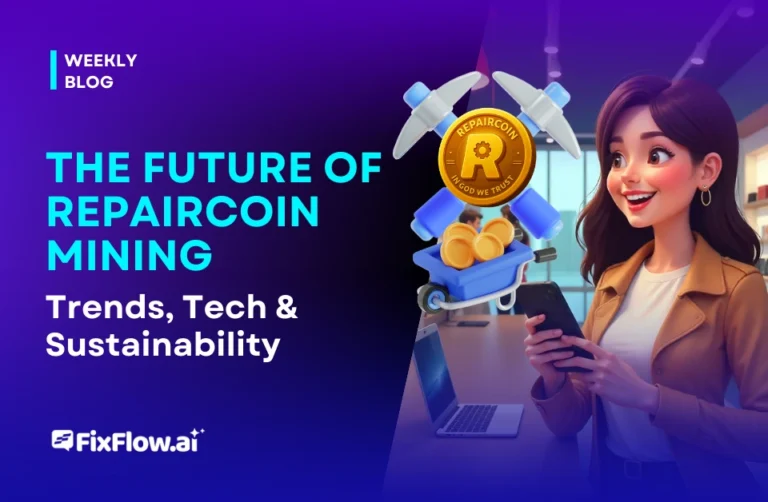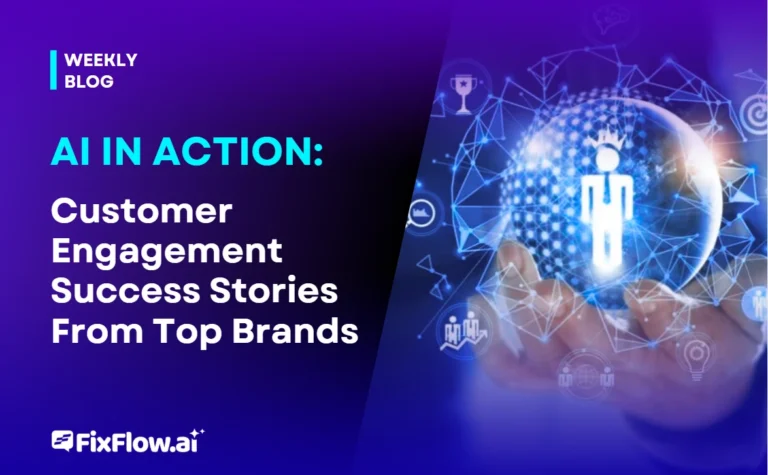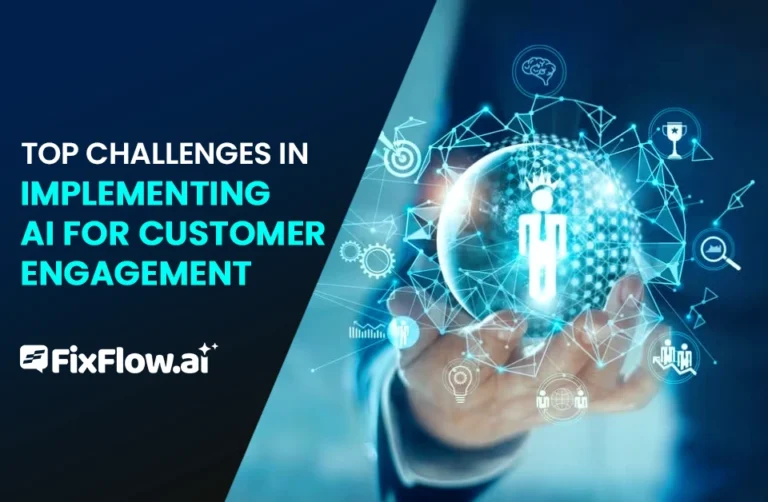Designing Engaging Customer Experiences Through Gamification
Gamification leverages psychology to boost customer engagement through elements like points, badges, and leaderboards that trigger dopamine release. You’ll want to balance extrinsic rewards with intrinsic motivators while ensuring game mechanics align with your brand values. Successful companies like Duolingo and Starbucks have proven this approach increases loyalty and repeat business. Tracking both quantitative metrics and qualitative feedback helps measure effectiveness. The right implementation framework transforms casual customers into dedicated brand advocates.
The Psychology Behind Successful Gamification Strategies
Nearly every successful gamification strategy leverages fundamental psychological principles that trigger human motivation and behavior. When you understand these behavioral design principles, you can create experiences that naturally drive engagement rather than forcing it.
At its core, gamification taps into our intrinsic desire for achievement, status, and reward. Learning how to use gamification effectively means recognizing that people are motivated by progress tracking, instant feedback, and social recognition. The dopamine release triggered when users earn points, access badges, or climb leaderboards creates a powerful reinforcement loop that keeps them coming back.
The most effective strategies balance extrinsic rewards (points, prizes) with intrinsic motivators (mastery, purpose), ensuring engagement remains sustainable long after the novelty wears off.
Key Game Elements That Drive Customer Engagement
Understanding the psychology behind gamification naturally leads us to examine the specific elements that make it work. The most effective gamified experiences incorporate a strategic mix of motivational components that keep customers coming back.
Points systems provide immediate gratification, while badges acknowledge achievements and milestones. Leaderboards tap into our competitive nature, encouraging continued participation. Well-designed challenges and progressively difficult levels create a sense of accomplishment as customers advance through your experience.
Strategic rewards, whether digital or tangible, reinforce desired behaviors. Real-time feedback keeps users informed of their status, while visible progress tracking shows how far they’ve come and what’s still ahead. When implemented thoughtfully, these elements transform ordinary customer interactions into engaging experiences that foster loyalty and drive measurable results.
Case Studies: Brands Winning Through Gamified Experiences
While theory provides the foundation, real-world applications showcase gamification’s true potential. Looking at examples of brands using gamification effectively reveals actionable insights for your strategy.
Duolingo transforms language learning through streaks and competitive leaderboards, keeping users returning daily. Starbucks’ rewards app creates a collection mechanic where purchases earn stars redeemable for products, driving repeat business. Nike’s Run Club app gamifies fitness by awarding badges for milestones and facilitating friendly competition.
What unites these successful implementations is thoughtful game-based customer interaction that aligns with core business objectives while delivering genuine value to users. These brands don’t just add points arbitrarily; they create meaningful systems that enhance the customer experience while simultaneously achieving marketing goals.
Measuring ROI and Effectiveness of Gamification Initiatives
As gamification initiatives become more widespread, determining their actual business impact remains essential for justifying investment and optimizing future strategies. You’ll need to track both quantitative metrics like engagement rates, conversion increases, and retention improvements, as well as qualitative feedback about user satisfaction.
When measuring the impact of gamification, focus on mapping metrics to specific points in the customer journey engagement. Compare pre-gamification baselines with post-implementation data to identify meaningful shifts in behavior. Don’t just track surface-level interactions; dig deeper into how gamification elements influence purchase decisions, loyalty rates, and advocacy behaviors.
Tools like heat maps, user session recordings, and A/B testing can help you determine which game mechanics drive the most valuable outcomes for your specific audience and business goals.
Implementation Framework: From Concept to Customer Loyalty
Successfully implementing gamification requires more than just adding points and badges to your existing customer experience. You’ll need a structured approach that begins with clearly defined business objectives and deep customer insights.
Start by mapping your customer journey to identify key touchpoints where gamification techniques can drive desired behaviors. When designing with gamification, guarantee mechanics align with your brand values and customer motivations. Create a prototype, test with a small user group, and iterate based on feedback before full deployment.
Remember to establish baseline metrics before launch so you can measure impact effectively. Gradually introduce complexity as users become familiar with your system. The most successful implementations evolve, continuously adapting to changing customer preferences while maintaining the delicate balance between challenge and achievement.
Frequently Asked Questions
How Long Does It Typically Take to Implement a Gamification Strategy?
Implementing a gamification strategy typically takes 3-6 months for a basic system, but can extend to 12+ months for complex, enterprise-level solutions. You’ll need time for strategy development (2-4 weeks), design (4-8 weeks), development (6-12 weeks), testing (2-4 weeks), and rollout. Your timeline will depend on your existing infrastructure, available resources, and the complexity of the game mechanics you’re implementing. Don’t rush this process; thorough planning leads to better results.
What Budget Should Companies Allocate for Gamification Initiatives?
For gamification initiatives, you’ll need to budget between $10,000-$50,000 for basic implementations and $50,000-$250,000+ for extensive solutions. Your allocation should depend on your business size, objectives, and complexity. Start small with a pilot project if you’re budget-conscious. Consider ongoing costs like maintenance, updates, and analytics. Remember that effective gamification is an investment; prioritize quality execution over cutting corners to guarantee meaningful engagement and ROI.
Can Gamification Strategies Work for B2B Companies?
Yes, gamification strategies can absolutely work for B2B companies. You’ll find they’re effective for boosting engagement in sales teams, enhancing training programs, and improving client onboarding. Consider implementing point systems for sales achievements, progress bars in procurement platforms, or challenge-based learning for product training. The key is ensuring your gamification elements align with professional contexts while still leveraging the same psychological drivers that make them effective in B2C environments.
How Often Should Gamification Elements Be Updated or Refreshed?
You should rejuvenate gamification elements every 3-6 months to prevent user fatigue. For points and rewards, update quarterly to maintain interest. Core mechanics need revitalizing annually to avoid becoming stale. Watch your metrics – declining engagement signals it’s time for updates. Special events or seasonal challenges can be introduced monthly. Remember, it’s a balance: too frequent changes confuse users, while static systems lose their motivational power over time.
Are There Legal Considerations When Implementing Reward-Based Gamification?
Yes, there are legal considerations for reward-based gamification. You’ll need to address sweepstakes laws, gambling regulations, and data privacy requirements. Guarantee you’re transparent about rules, odds of winning, and how customer data is used. Create clear terms and conditions that explain eligibility, prize redemption, and liability limitations. International implementations require additional scrutiny as regulations vary by country. Always consult legal experts before launching reward programs to avoid costly compliance issues.







